
Referred to as the Dutch Barge Dog, the keeshond is a medium breed from the Netherlands with pointed ears, a double coat, and a tightly-curled tail. While these dogs were originally bred to watch over the barges traveling along Holland's many canals and rivers, you're more likely to find a keeshond today cuddled up on the couch. Still, there is no doubt that modern keeshonds have retained their ancestors' loud, stern barks and watchful eyes (which often have black markings that resemble spectacles).
The bark isn't the only distinguishing feature of keeshonds. This breed is well-known for its dense, long, fluffy coat that has three layers: a thick double topcoat, a wooly undercoat, and a long outer coat. Even with layers upon layers of hair, keeshonds are surprisingly low-maintenance in terms of grooming. They're also known as friendly companions despite their guarding instincts.
Learn all about the keeshond’s history, temperament, care needs, and more.
Group: Non-Sporting Group
Height: 18 inches (male); 17 inches (female)
Weight: 35 to 45 pounds
Coat: Very thick with a double topcoat, wooly undercoat, and long outer coat
Coat Color: Cream, black, and gray color combinations; black markings around the eyes
Life Span: 12 to 15 years
Temperament: Alert, bright, playful, loyal, lively, intelligent
Hypoallergenic: No
Origin: Netherlands
Like other spitz breeds (e.g., Siberian husky, Icelandic sheepdog, and American Eskimo dog), keeshonds are intelligent dogs with a fluffy coat. Despite their loud barks and excellent watchdog skills, they have extremely loving, loyal personalities. They form close bonds with their people and get along with kids, other pets, and strangers alike. In fact, keeshonds present such a friendly temperament to strangers that they're not recommended as actual guard dogs—though their bark may scare away potential intruders.
Keeshonds are ideal for families that are home often. If left alone for too long, they've been known to bark incessantly or even become destructive. Keeshonds are suitable for first-time dog parents, as they're extremely intelligent and relatively easy to train. Because the keeshond was bred to live on small barges, they can thrive living in a variety of spaces, from a small apartment to a large house.
Throughout the 17th and 18th centuries, keeshonds were popular picks as companions and watchdogs for barge operators—hence, the nickname Dutch Barge Dog. Their loud, stern barks kept potential thieves away from the barges' cargo.
A close cousin to Samoyeds, chow chows, and Pomeranians, the keeshond later became somewhat of a mascot to Holland during several years of political unrest. During this time, Holland was divided into two distinct parties: followers of the Prince of Orange and patriots. The leader of the patriots kept a keeshond as his companion, and members of the patriot group eventually became known as Keezen by their political opposition. Eventually, the keeshond became the symbol of the rebel patriot party, and in turn, became popular among non-royal people living in Holland.
After the followers of the Prince of Orange overthrew the patriot party, keeshonds fell out of popularity, as many people believed they represented a lost cause. For this reason, sadly, many keeshond dogs were killed. A few remaining dogs lived on Dutch farms and continued to ride the rivers and canals with barge operators.
In 1905, the breed was rediscovered by a woman named Miss Hamilton-Fletcher. While on a trip in Holland, she convinced her parents to bring two puppies home to England. Those dogs became the foundation for the breed outside of Holland. When Hamilton-Fletcher discovered that some keeshonds were still living on Dutch farms or barges, she worked with their owners to expand the breed. After only 10 years, enough keeshonds had been bred to form the Dutch Keeshond Club.
The first American litter of keeshonds was born in 1921. Only a few years later, in 1930, the first keeshond was registered with the American Kennel Club.
In 2002, a keeshond made an appearance in the Disney movie, Snow Dogs.
The keeshond is a smart dog who thrives with basic training, moderate exercise, and plenty of time with their family. Their thick coat only requires minimal grooming to stay soft and tangle-free.
Thanks to their history as barge dogs, keeshonds can thrive in very small spaces and don't have high exercise needs. Several walks or one longer, more vigorous walk each day should suffice to keep your keeshond healthy and happy.
These smart dogs are nicknamed the Smiling Dutchman, and are known for their happy demeanor and willingness to play. To exercise your dog's body and mind, try activities like:
Don't let the keeshond's dense, fluffy coat fool you—they're actually fairly low-maintenance to groom. Brush keeshonds at least two times per week to prevent matting and tangles, and bathe them about every three months. This breed has two major shedding periods every year to shed the entire undercoat at once. Each shedding period can last up to three weeks. You can also trim the fur on the hocks and feet.
This breed isn't very tolerant of heat, but you should never shave your keeshond in the summer. It may seem counterintuitive, but the thick coat actually acts as insulation against warm temperatures. Plus, shaving keeshonds can make them more susceptible to sunburns or even skin cancer.
Like all breeds, it's important to brush your dog's teeth and check their ears each week. Brushing the teeth daily is ideal to prevent dental disease, but twice per week offers suitable protection. Clean debris in the ears with a soft cotton pad (avoid cotton swabs, which can damage the delicate inner ear). If your dog's ears become red, swollen, or have an unusual smell, contact your vet to determine if it's an infection.
Keeshonds are intelligent dogs that like to please their owners. This breed responds best to positive reinforcement training methods, and can begin basic obedience as early as 8 weeks of age. Puppy training classes are also a great way to socialize them to be comfortable and confident around other pets and people.
Remember that these dogs were bred to live with barge operators, so they're meant to be alongside their humans. If your family is away from the home often, you may want to consider another breed. Keeshonds don't like to be left alone, and they're known to bark endlessly or become destructive when lonely and bored.
Although keeshonds are generally healthy, they're susceptible to certain genetic health conditions like most purebred dogs. Some health problems commonly seen in keeshonds include:
The best diet for your dog depends largely on their age, activity level, and weight, but you can expect to feed your keeshond 1 to 2 cups of high-quality dog food divided into two meals each day.
Overfeeding can result in health conditions like canine obesity, heart disease, or diabetes. Follow your dog food's recommendations for the proper portions by weight. If you're unsure how much to feed your keeshond, your veterinarian can help you develop a healthy meal plan.
Keeshond puppies typically cost between $1,500 and $2,000, but prices may be higher depending on availability and pedigree.
It may be difficult to find a keeshond at your local shelter, but breed-specific rescues can help you find your next best friend. Many similar breeds in need of forever homes may be more readily available in your region, and adopting a rescue can be incredibly rewarding.
If you decide to purchase a keeshond from a breeder, it's essential to do your research and ensure the breeder is ethical, reputable, and moral. Responsible breeders should provide medical history and allow prospective adopters to meet the litter's parents (along with showing their living conditions).
These resources for the national breed club and AKC breeders can help you start your search:
Keeshonds are great dogs with an adorable, unique look and high level of intelligence. These friendly dogs can bark a lot, and can become stressed if left alone too much. They’re perfect for dog parents looking for a close companion.
If you're interested in learning about breeds similar to the keeshond, check out:
There are plenty of dog breeds out there that can join your family. With a little research, you can find the perfect match!
Keeshonds have a high tendency to bark. They can bark a lot when they’re left alone, but also bark because they are protective watchdogs.
Keeshonds can develop separation anxiety or become destructive when lonely and bored. They are “Velcro dogs” who become extremely attached to their family and don’t do well when left alone.
The keeshond is very desirable for many pet parents, but is also a rare dog breed that can be hard to find. If you're interested in adopting a keeshond, check out resources through the national breed club to find rescues and breeders in your region.

Cute Pictures & Facts About Calico Cats & Kittens
Learn fascinating facts about calico cats, including photos, the genetics behind this color combination, and common folklore and traditions.
How to Prevent Cat Separation Anxiety During Vacations
Discover why cats develop litter box problems and cat behavior problems when you go on vacation and what you can do about it to help them.
Cat Behavior Changes That Might Mean Something's Wrong
Cats' behavioral changes may indicate problems—or they may mean nothing at all. Explore causes of odd behavior and what to do about them.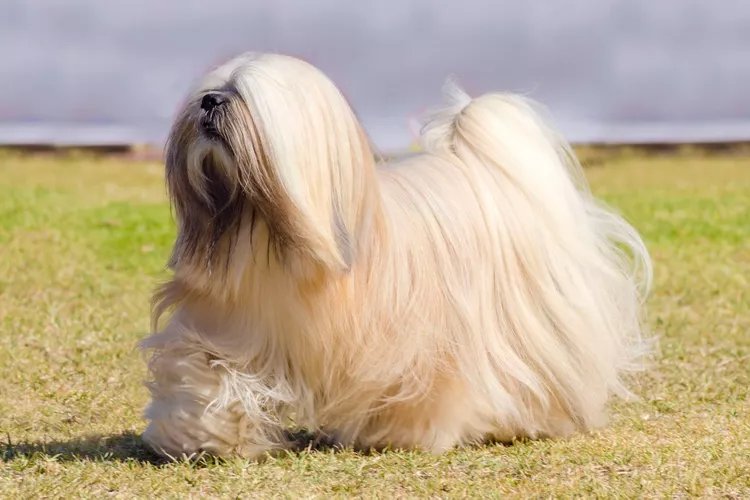
Lhasa Apso: Dog Breed Characteristics & Care
The Lhasa apso is an ancient breed from Tibet that was bred to be a watchdog. Learn about its history, health, exercise needs, and more.
Reasons Why Dogs Run Away and How to Stop It
Dogs can escape, especially if they’re bored and not properly contained. Here are some techniques for stopping your dog from running away.
Can Dogs Get Depression? How to Help Your Sad Dog
Can dogs get depression? Learn about the signs of depression in dogs and find out how to help your sad dog.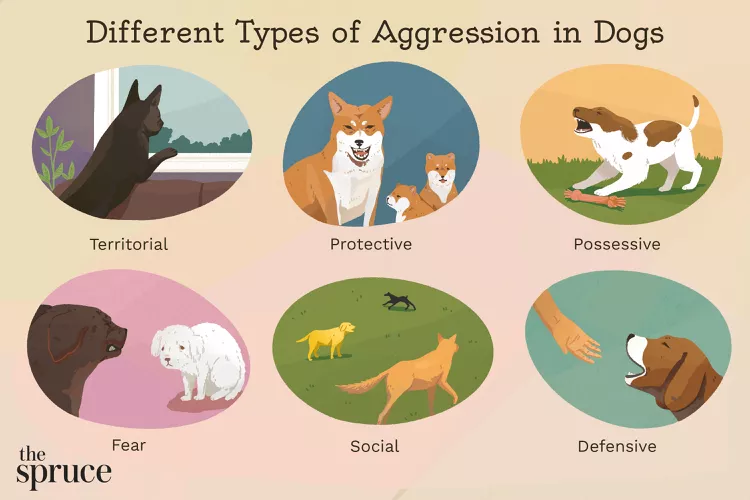
How to Stop Aggression in Dogs
Dog aggression can be a serious behavior issue for pet owners. Learn how to stop aggression in dogs before someone gets hurt.
How to Stop Your Dog From Growling
A growling dog can soon become even more aggressive. Reduce the noise and potential for a dangerous situation with some of these techniques.
Why Do Dogs Dig Holes? How to Stop Your Dog from Relandscaping Your Yard
Dogs have been digging holes for centuries and for many reasons. Whether they’re bored or want to cool off in the dirt, here are the top reasons why dogs dig holes.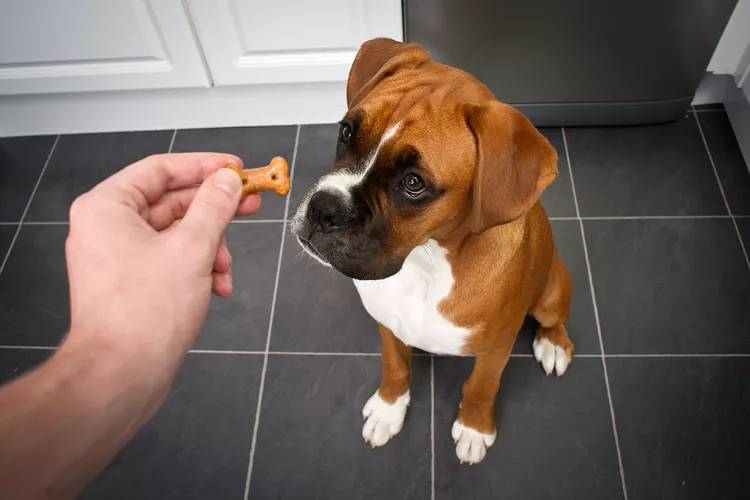
Dog Treat Varieties
Learn about the different types of dog treats on the market and decide which are best for your dog.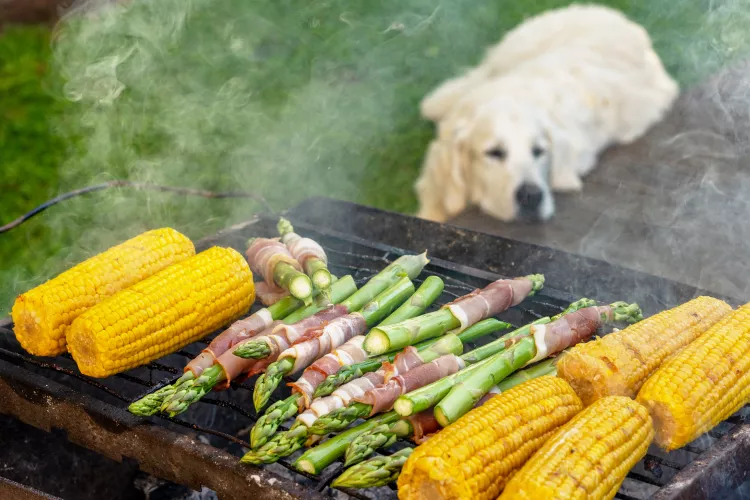
Can Dogs Eat Asparagus?
Dogs can eat asparagus, provided the vegetable is cooked plain and cut up for them. Seasonings, salt, and butter make it unhealthy for dogs.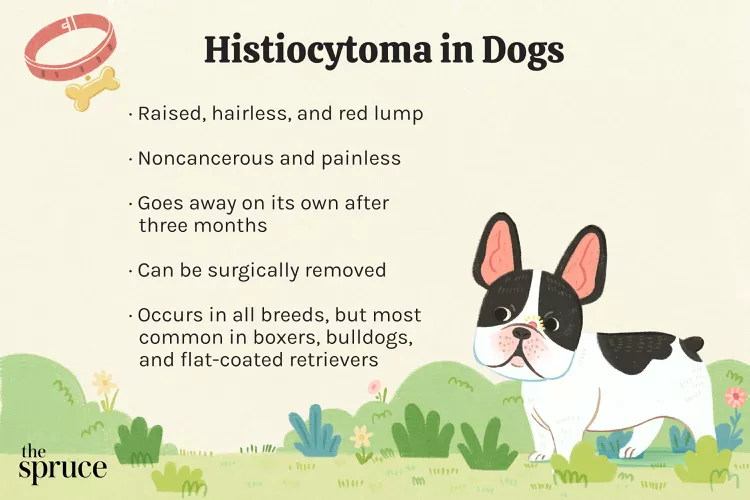
Histiocytomas in Dogs
A histiocytoma is a type of benign (non-cancerous) skin lump that usually affects young dogs. Learn the causes, treatment, and prevention.
Why Is My Dog’s Eye Swollen?
If your dog's eye is swollen, she may need veterinary attention. The inflammation could be caused by allergies, an injury, or even a tumor.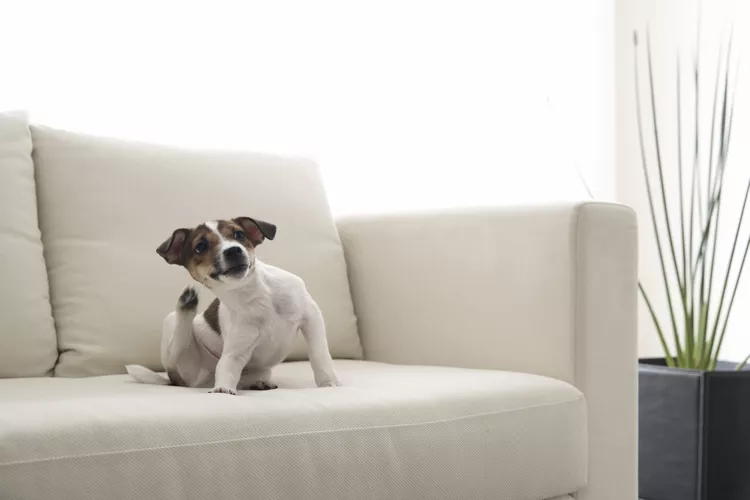
Common Bugs and Parasites Found on and Inside Dogs
Learn about common types of parasites in dogs. Find out how to treat and prevent parasites to keep your dog, your family, and yourself safe.
Exploring the Different Types of Pet-Friendly Beaches
Are you looking for pet-friendly beaches? Learn about the different types of pet-friendly beaches, their locations, and tips for visiting them with your pet.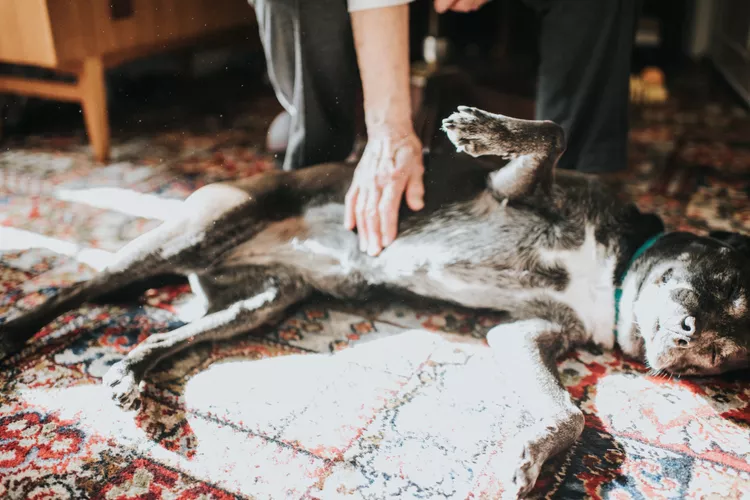
10 Obscure, Little-known Canine Facts in Honor of National Dog Day
With National Dog Day upon us, it's time to celebrate everything about our favorite pets—even the weirder stuff. Here are 10 obscure facts about dogs you probably didn't know.
Kitten Development From 3 to 6 Months Old
Kittens grow and change a lot during their first year. Find out what happens between the ages of three months and six months old.
95 Siamese Cat Names
Our list of Siamese cat names has diverse and fun options to help you choose the ideal moniker for your elegant and lovable feline companion.
What to Buy for Your New Cat: A List of Essentials
Before you bring your new cat or kitten home, there are a number of things to collect or buy so your cat will feel welcomed like a family member.
The 6 Best Cat Nail Clippers of 2024 for a Safe Trim
Clipping your cat's nails can save your furniture and keep your kitty comfortable. We asked veterinarians for their cat nail clipper recommendations.